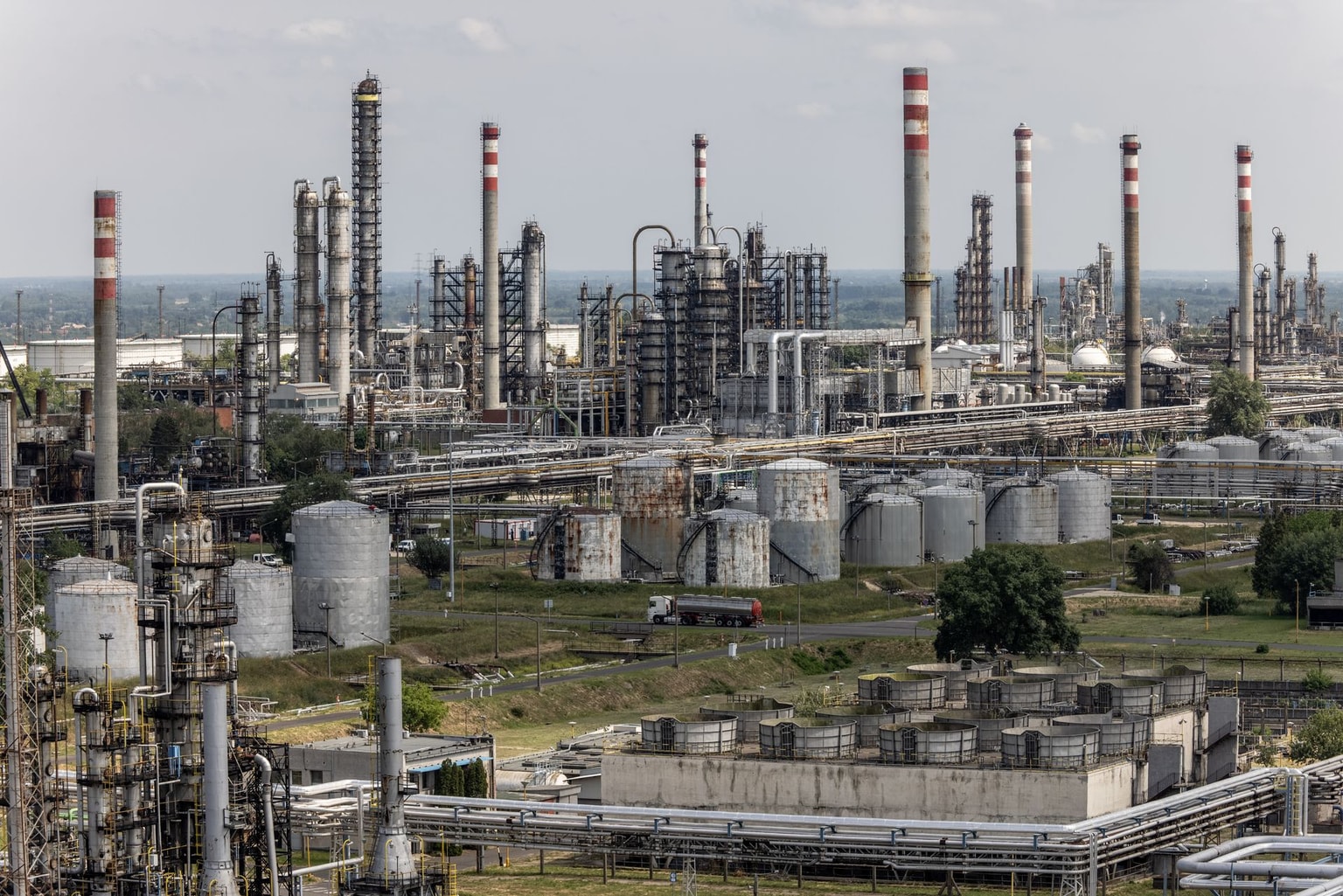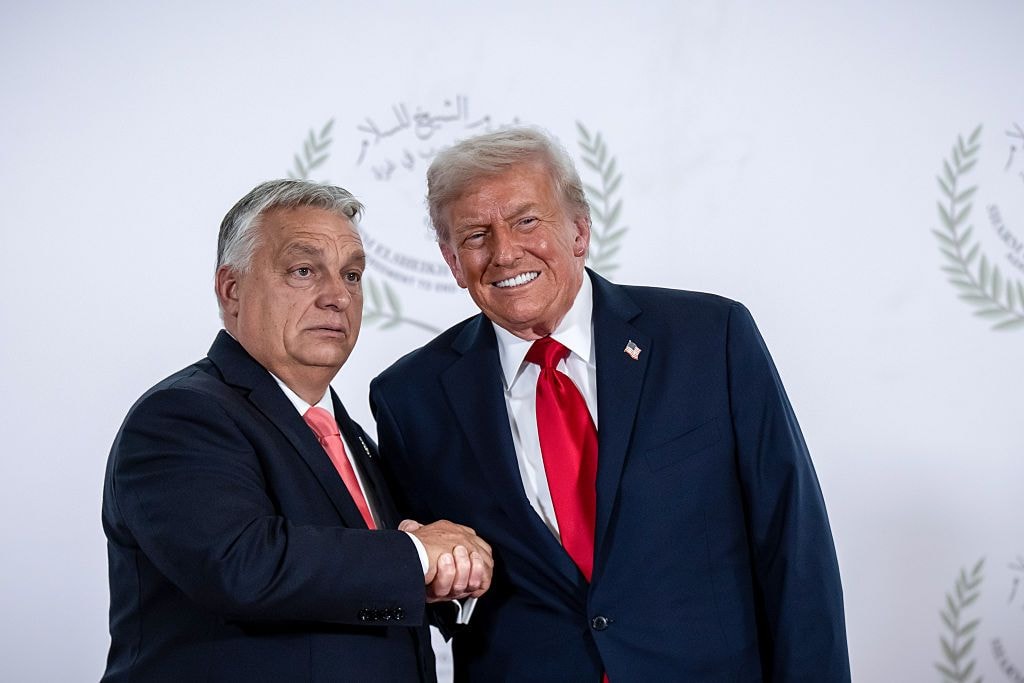Russia shells 10 communities in Sumy Oblast

Russian forces attacked 10 communities along the Sumy Oblast border on Jan. 10, causing 100 explosions, the local military administration reported.
The attacks targeted the communities of Bilopillia, Esman, Svesa, Krasnopillia, Seredyna-Buda, Yunakivka, Znob-Novhorodske, Shalyhyne, Nova Sloboda, and Khotin.
No casualties or damage to civilian infrastructure were reported.
Russian forces fired at the Sumy border 29 times, attacking with various weapons including artillery, mortars, mines, and a drone.
The residents of Sumy Oblast's rural border areas are subject to constant shelling by nearby Russian forces. An attack on Jan. 9 damaged several homes and a local cultural center.










